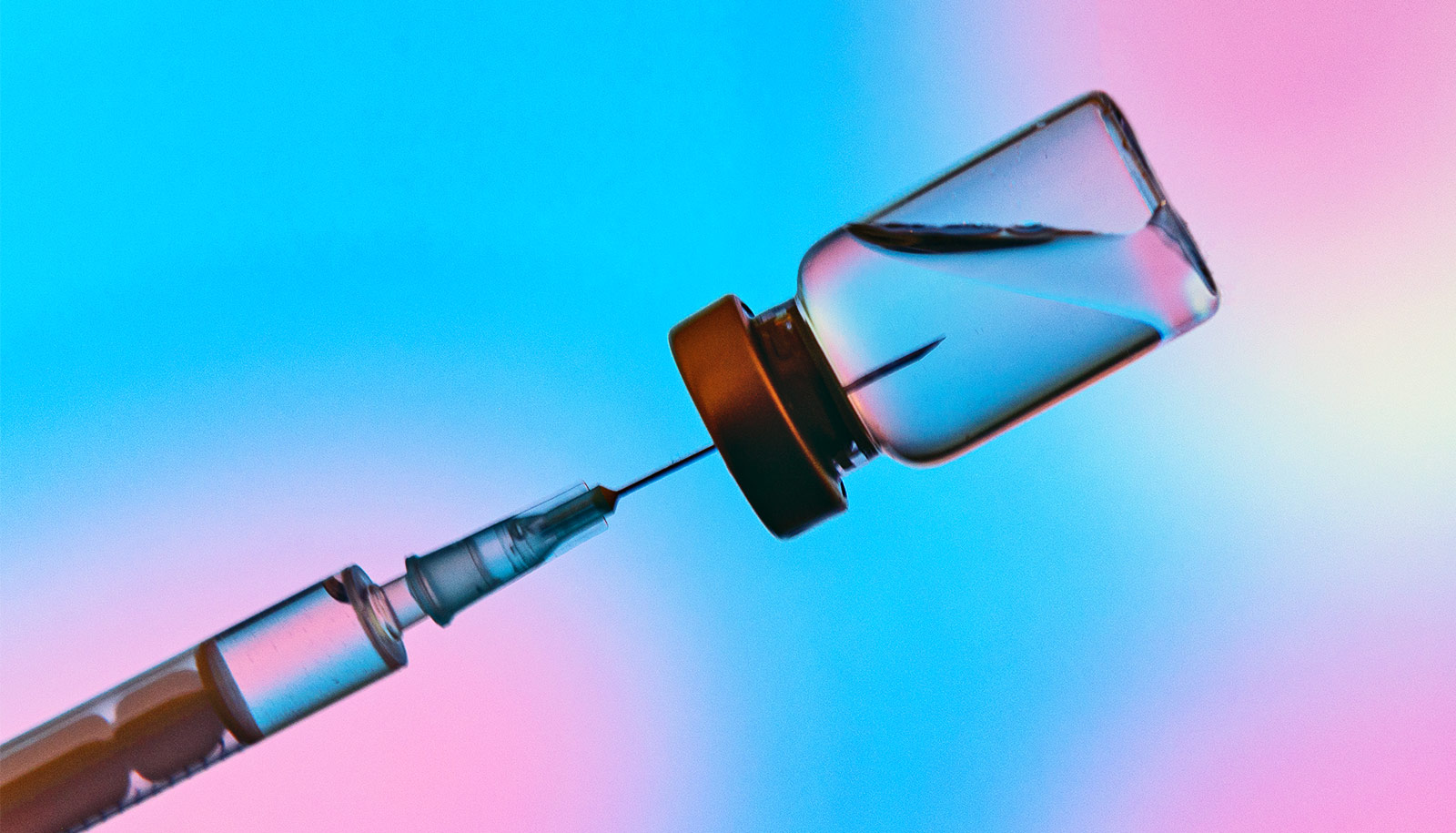“A lot of people are under the impression that everyone knows about HIV, but we really don’t do a great job of educating young, gay and bisexual men about HIV,” says Brian Mustanski, director of the Institute of Sexual and Gender Minority Health and Wellbeing at Northwestern University.
“The typical places where people learn about it, like schools, don’t really talk about same-sex relationships.”
Mustanski is conducting the longest running study of young gay men ever, with the goal of preventing new cases of HIV in this population.
He discusses his research in this podcast episode:
“We are seeing declines in numbers of diagnoses in the general US population, but unfortunately we see other populations that are really left behind and that very much includes young gay and bisexual men, particularly black and Latino young, gay and bisexual men,” Mustanski adds.
“The CDC recently estimated that if we don’t change these patterns, that one in two black, gay men will get HIV at some point in their life, one in six Latino, and one in 11 white, gay and bisexual men will get HIV.”
A recent study showed that Mustanski’s online program—Keep It Up!—reduced sexually transmitted infections, such as gonorrhea and chlamydia, in gay young men, by 40 percent.
“There’s never been an e-health HIV intervention before that had a biomedical outcome,” Mustanski says of the study. “Sexually transmitted infections are a marker of HIV risk. Obviously, the same behaviors that can lead to HIV transmission can also transmit sexually transmitted infections, but also having a sexually transmitted infection biologically increases your risk for HIV. So, reducing STD rates is HIV prevention.”
Mustanski also aims to advance work on other health issues that affect the population, such as suicide prevention, cancer prevention, intimate partner violence in young lesbian and bisexual women, and the health of bisexual adolescents.
Parents feel weird about sex ed for LGBTQ teens
“You might be surprised to know that bisexuals actually represent the largest number of sexual and gender minority youth,” he says.
Source: Northwestern University



